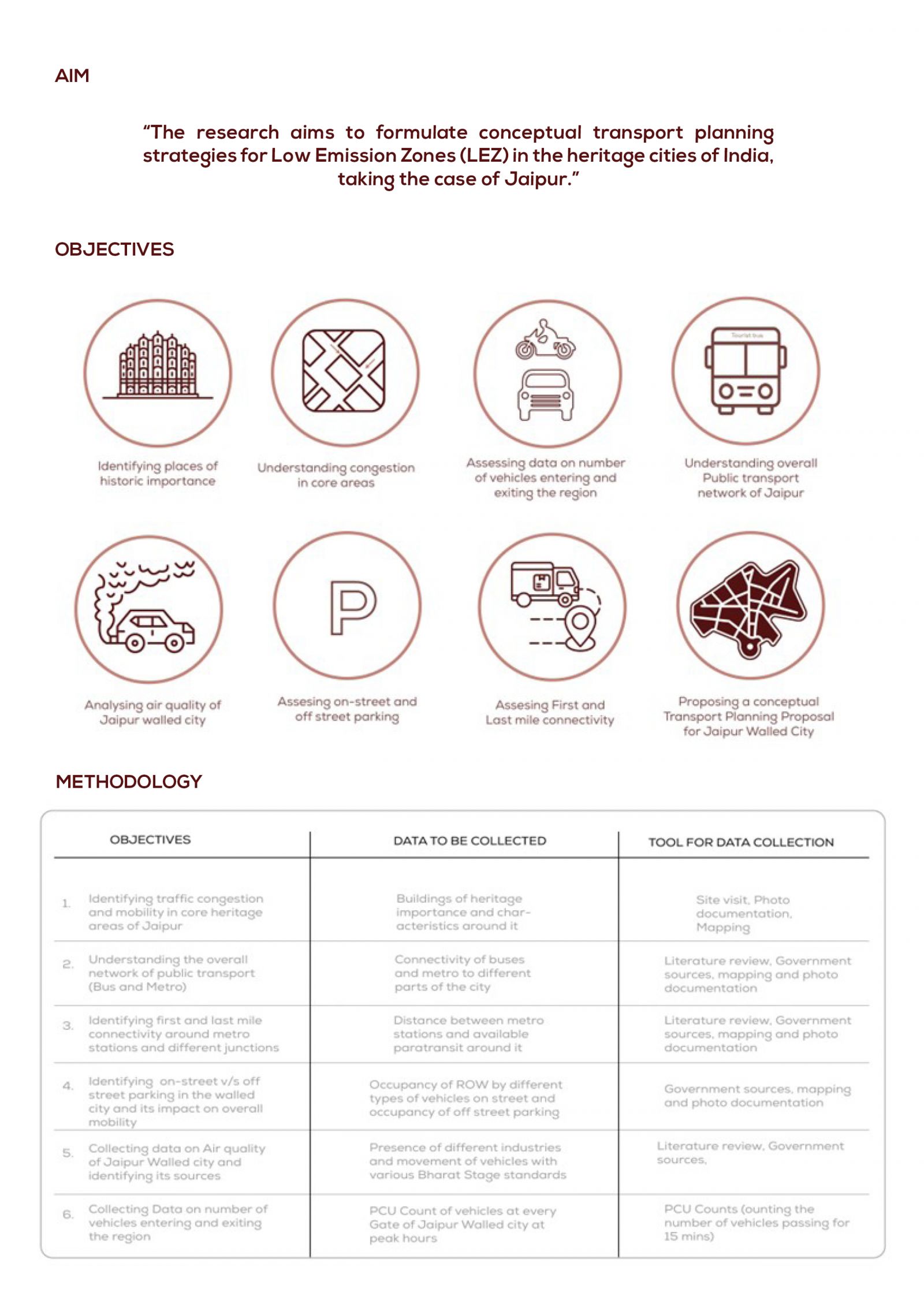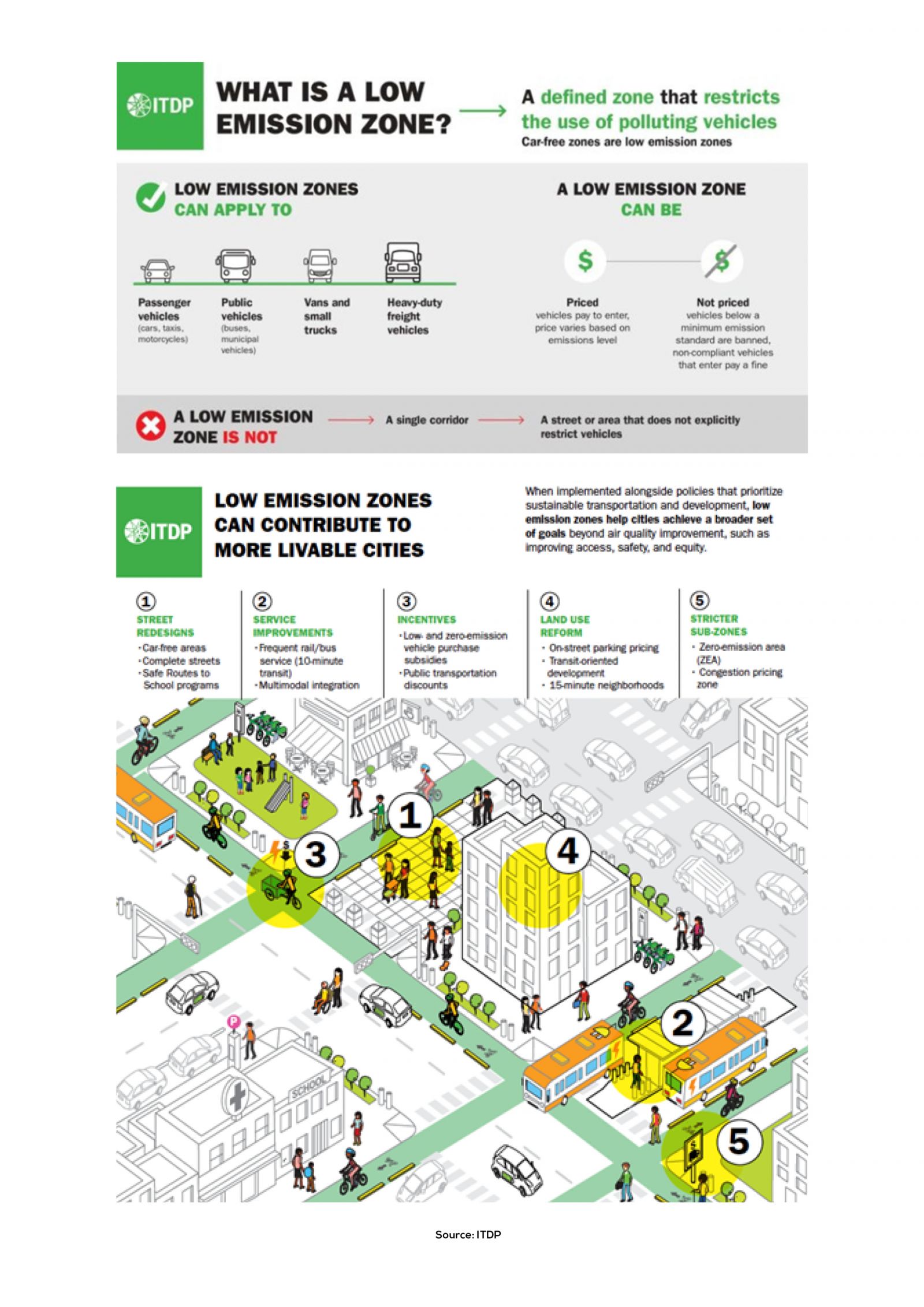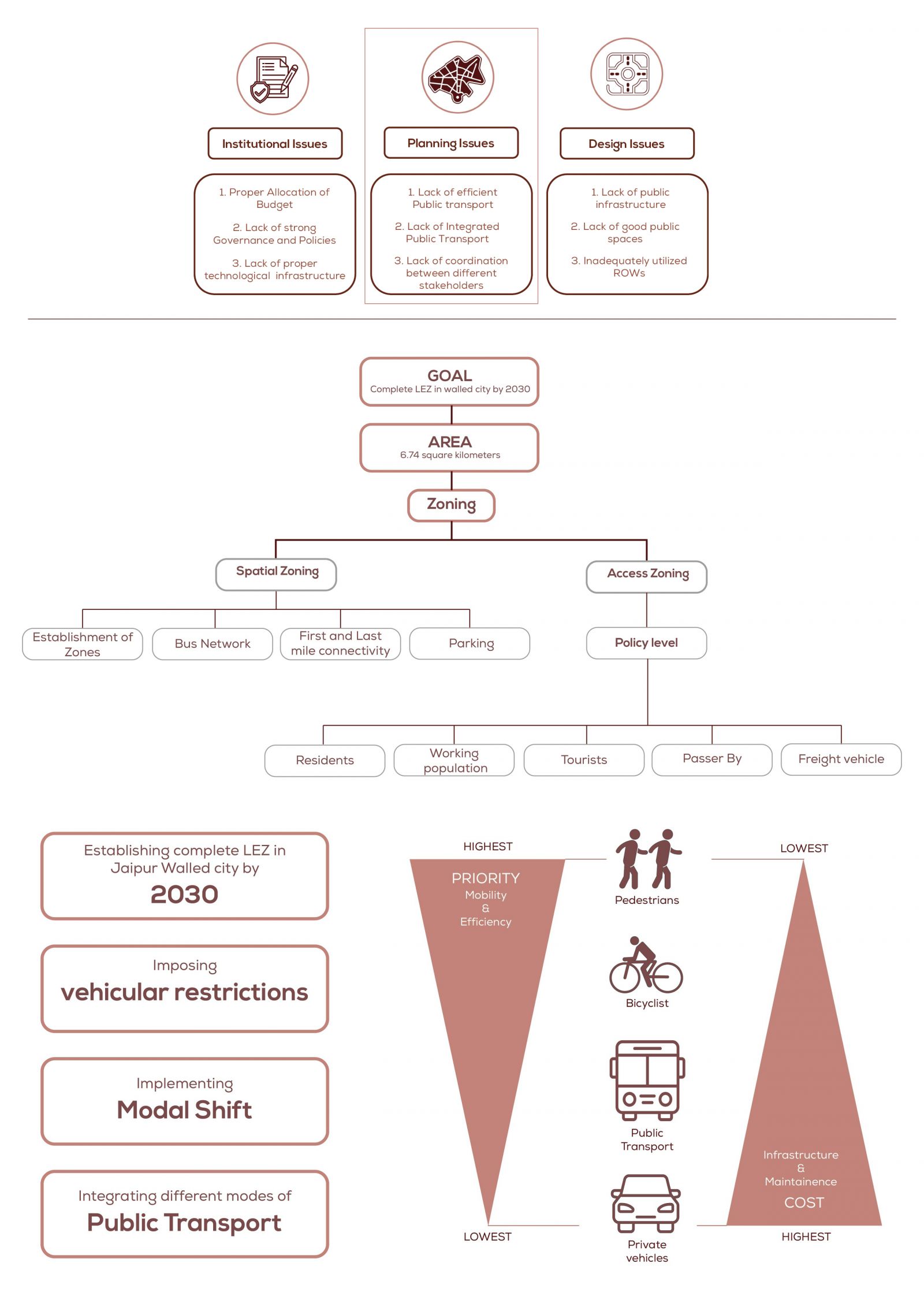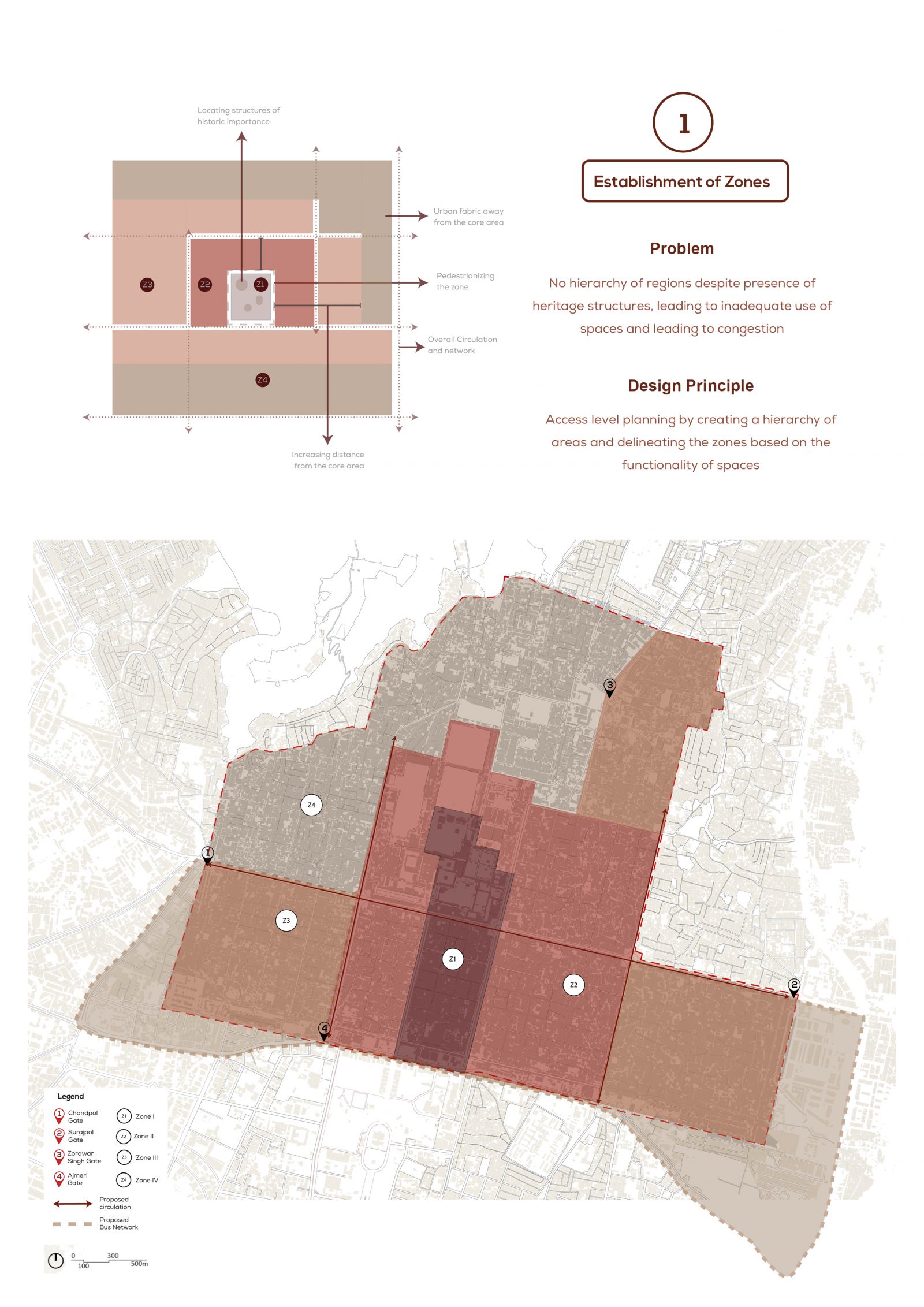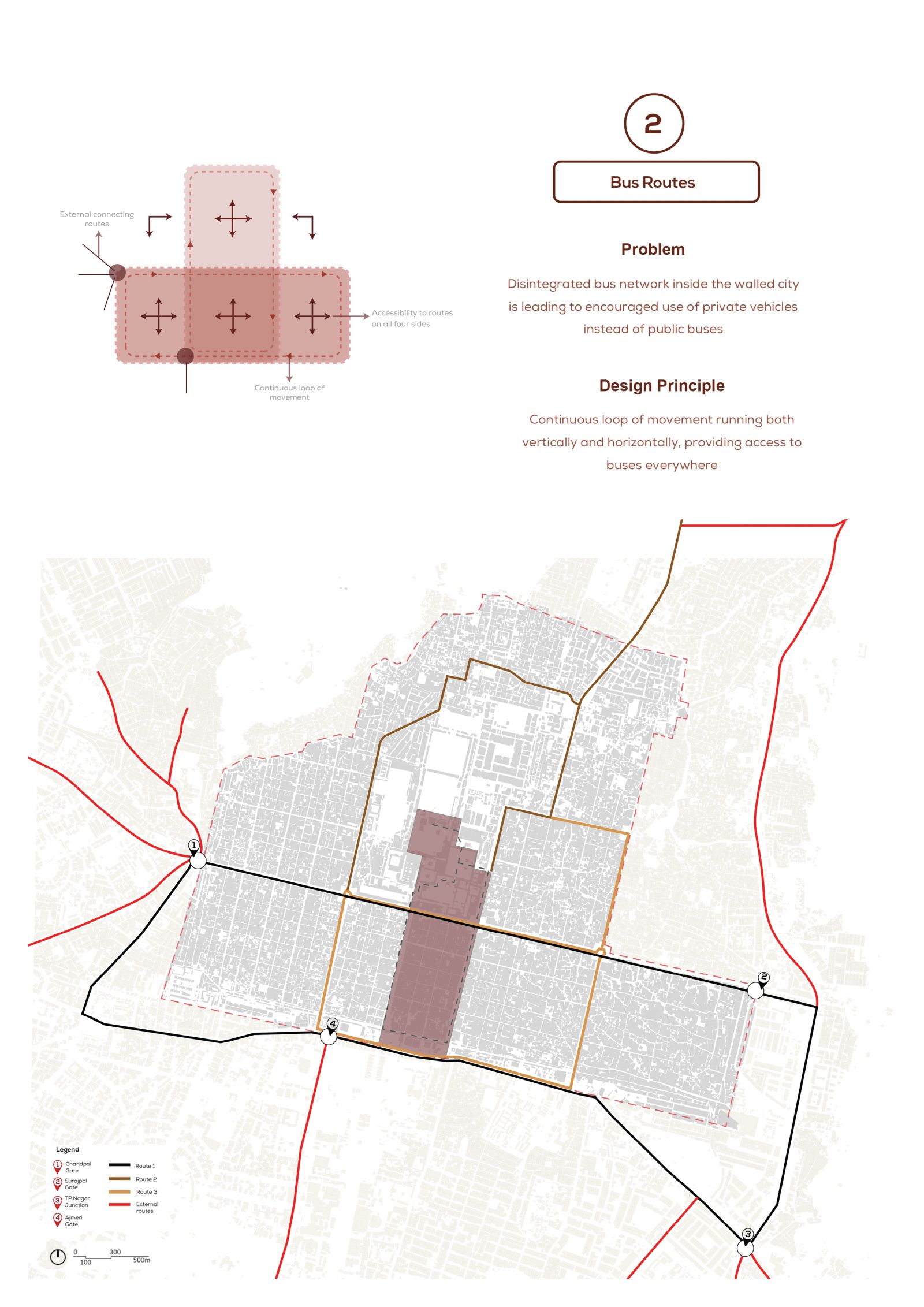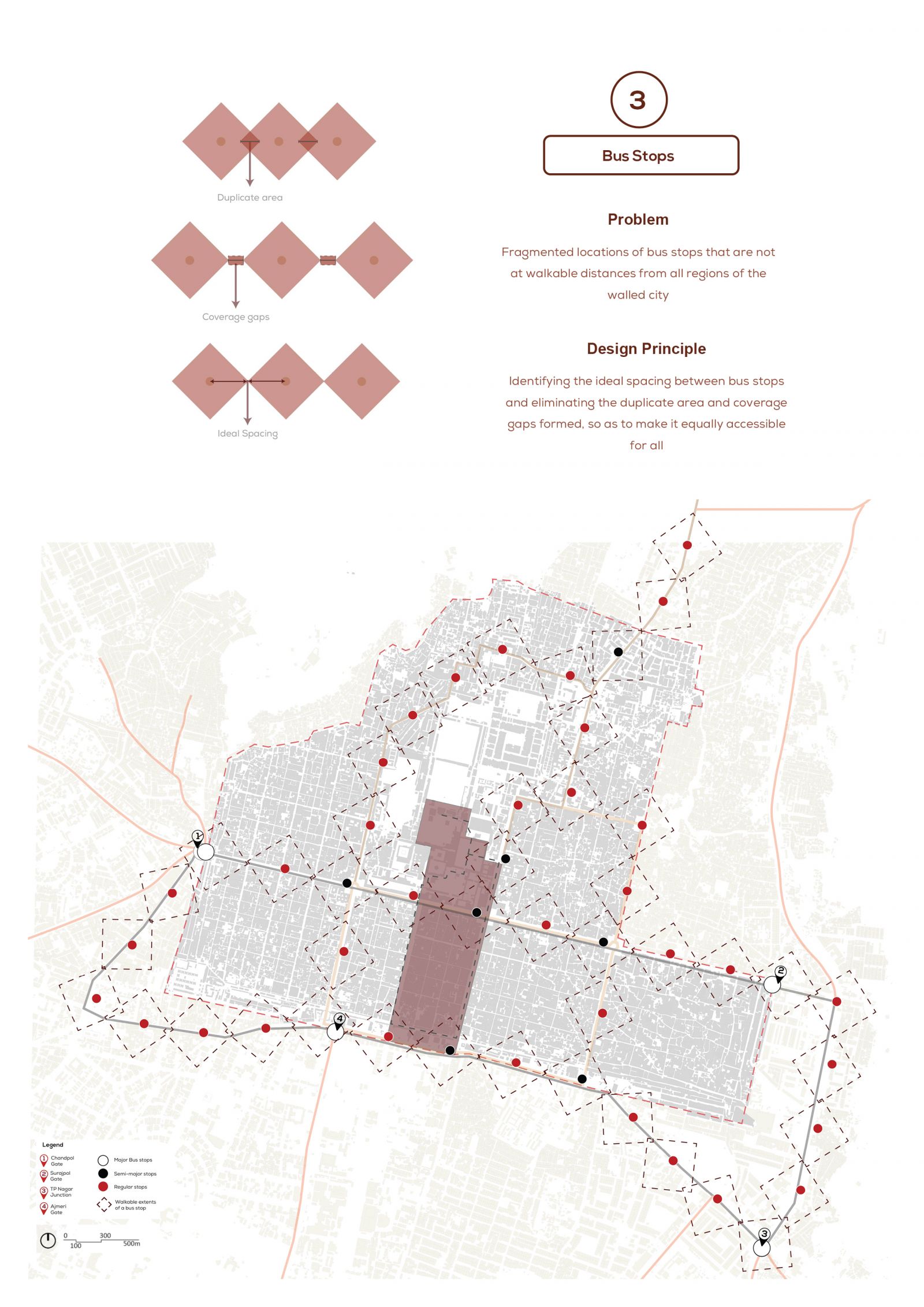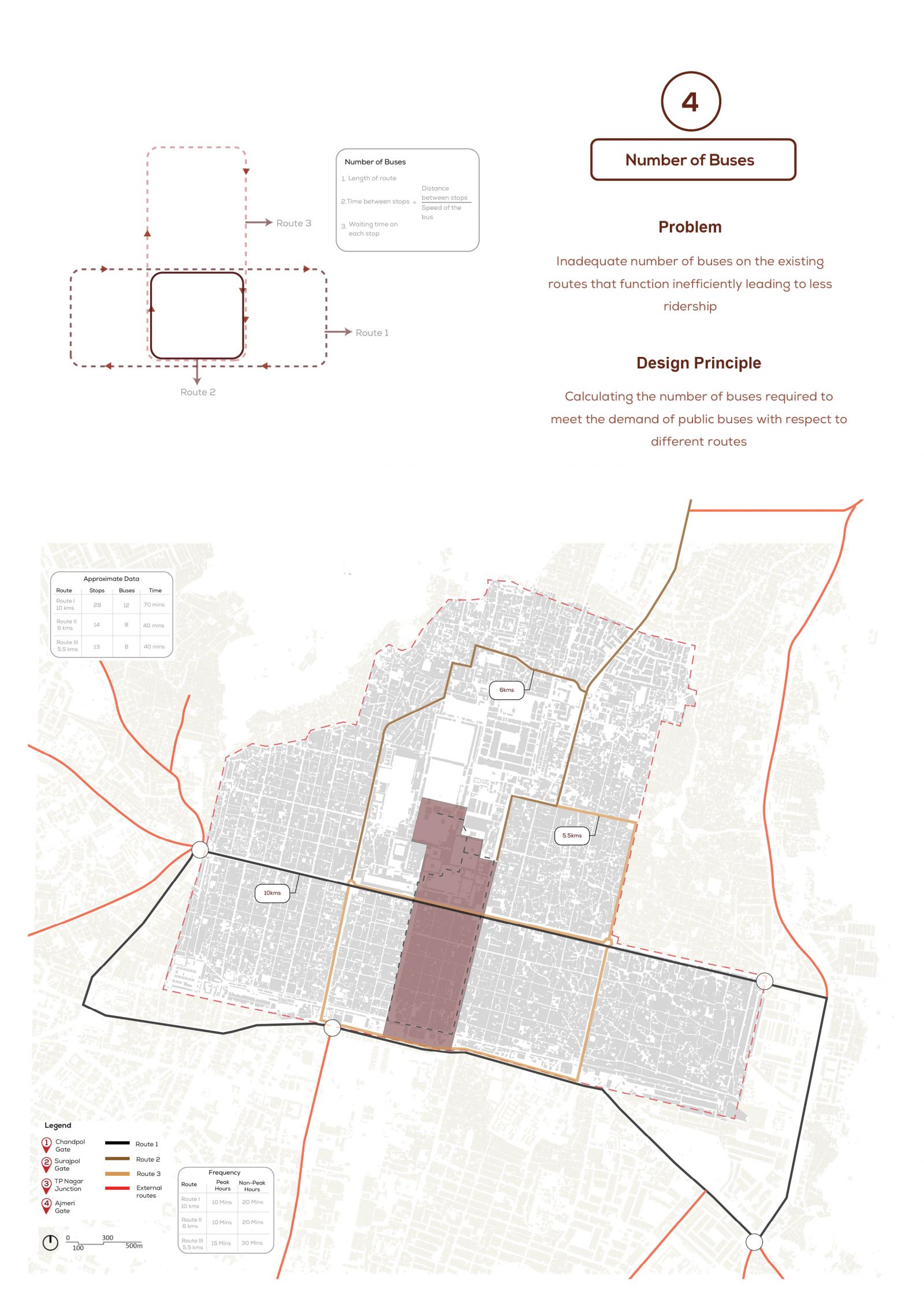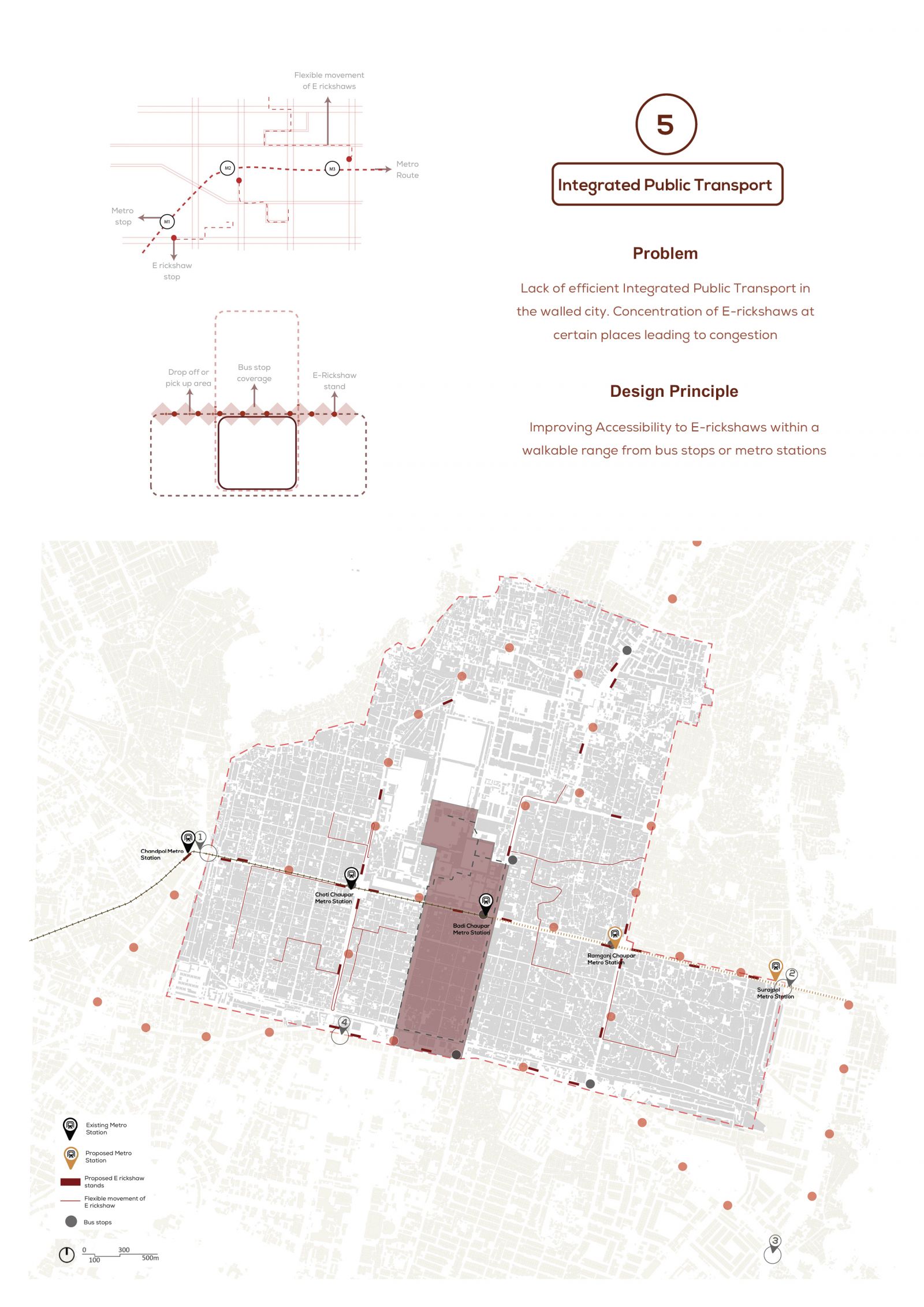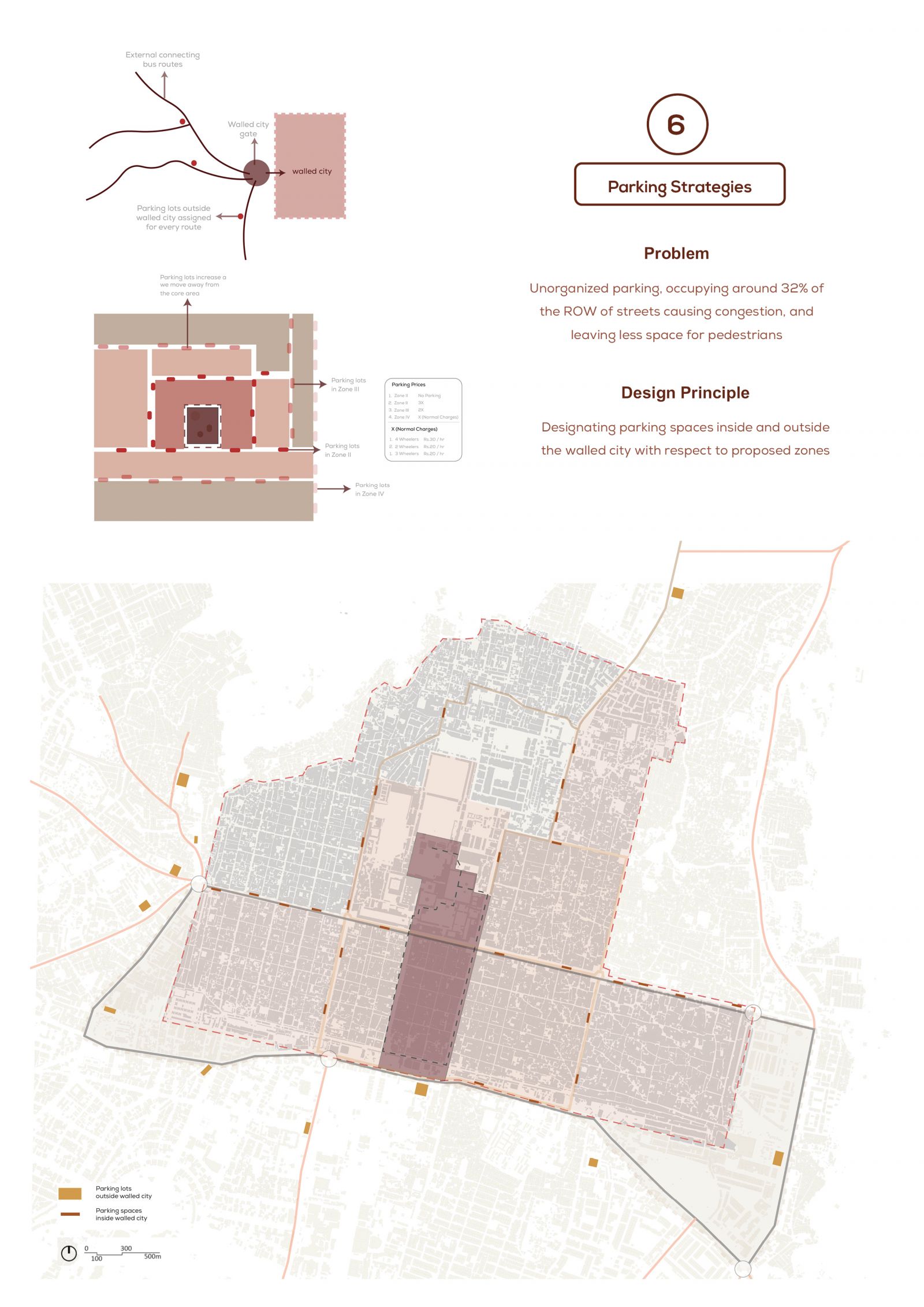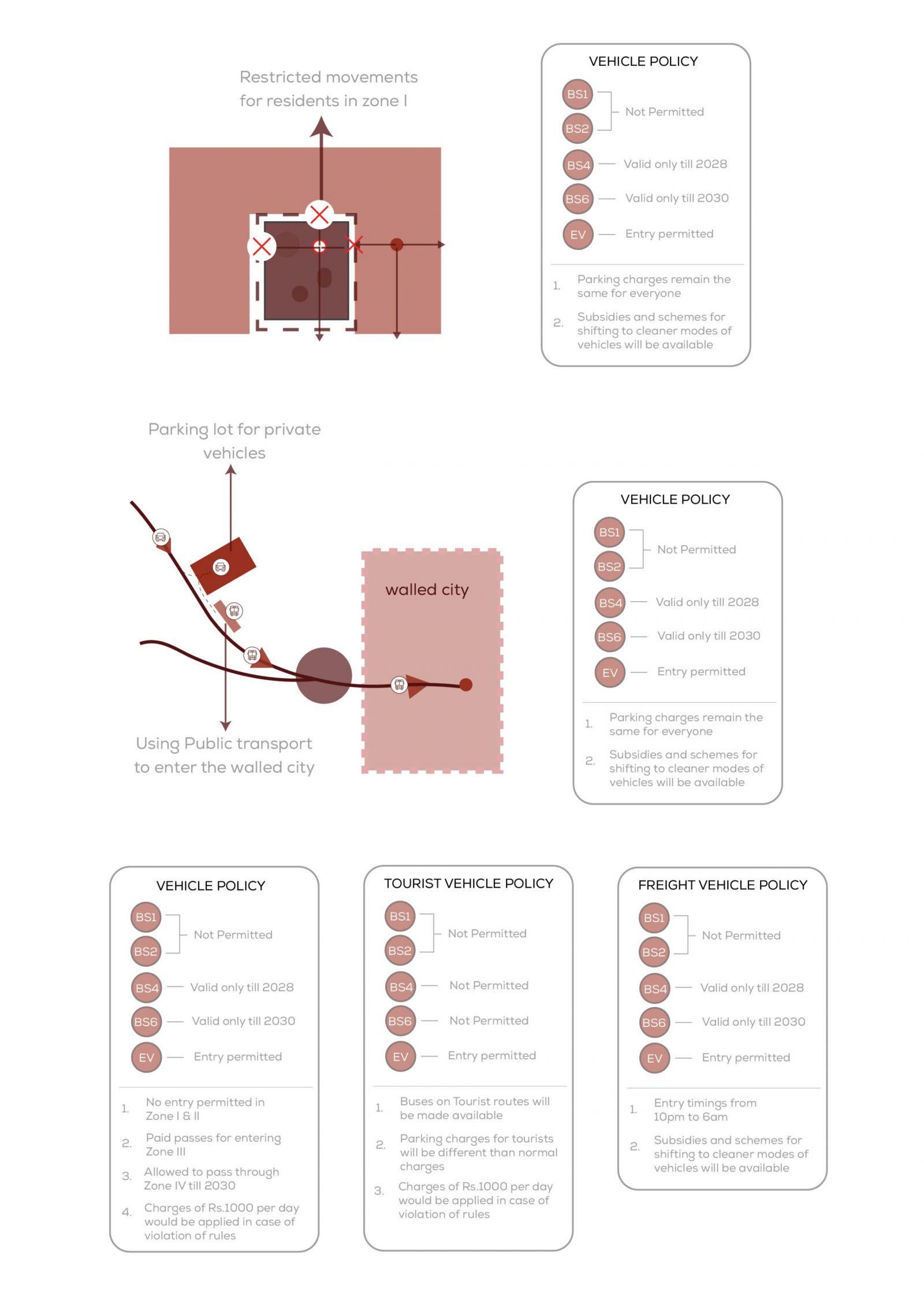Your browser is out-of-date!
For a richer surfing experience on our website, please update your browser. Update my browser now!
For a richer surfing experience on our website, please update your browser. Update my browser now!
Taking Jaipur as the region of study, the research analyzes different factors like air quality, vehicular congestion, freight movement, public transport, first and last mile connectivity, structures of heritage importance, landmarks etc., in the walled city. With a focus on preserving the cultural heritage, and combating air pollution and vehicular congestion, this study aims to bring together transport planning and Low Emission Zones, to prioritize clean transportation and better quality of life in the walled city of Jaipur. As heritage cities require a different approach towards planning and conservation, the study combines the strengths of urban planning, policy, mobility, transport, accessibility, traffic management etc. to formulate a comprehensive conceptual plan for the walled city and to improve the air quality of the region.
View Additional Work